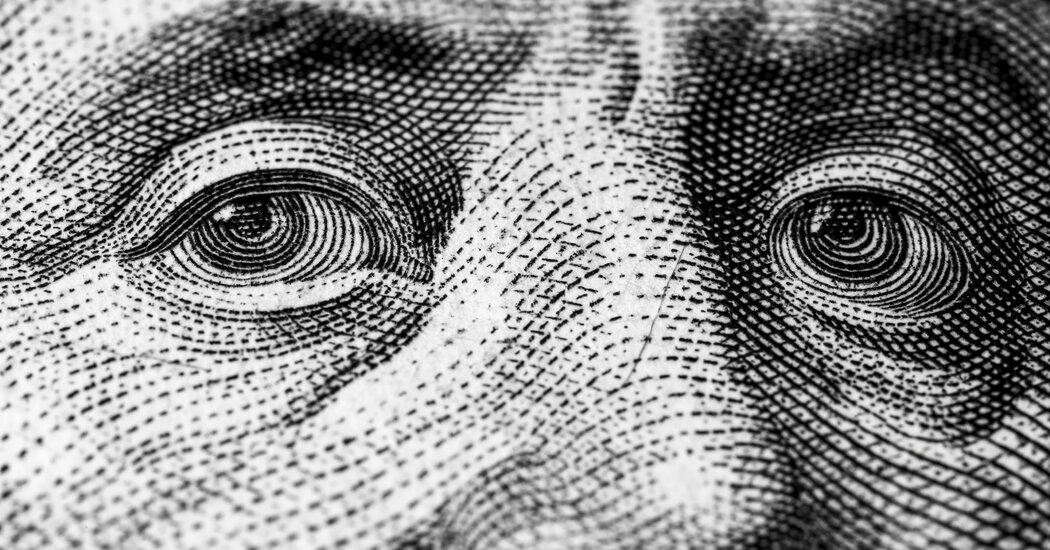- cross-posted to:
- usnews@lemmy.world
- cross-posted to:
- usnews@lemmy.world
Alternative link: https://archive.ph/ce08r
"Specifically, let me make three points. First, while $34 trillion is a very large figure, it’s a lot less scary than many imagine if you put it in historical and international context. Second, to the extent debt is a concern, making debt sustainable wouldn’t be at all hard in terms of the straight economics; it’s almost entirely a political problem. Finally, people who claim to be deeply concerned about debt are, all too often, hypocrites — the level of their hypocrisy often reaches the surreal.
How scary is the debt? It’s a big number, even if you exclude debt that is basically money that one arm of the government owes to another — debt held by the public is still around $27 trillion. But our economy is huge, too. Today, debt as a percentage of G.D.P. isn’t unprecedented, even in America: It’s roughly the same as it was at the end of World War II. It’s considerably lower than the corresponding number for Japan right now and far below Britain’s debt ratio at the end of World War II. In none of these cases was there anything resembling a debt crisis. …"



Krugman is usually wrong, but even a stopped clock gives the right time twice a day. The national debt is a scare tactic to block spending on things the working class wants while still allowing almost unlimited spending on the things the capitalist class wants.
Here’s what the national debt is: All the US dollars the federal government has created out of thin air by spending minus all the US dollars it has destroyed by taxing. That’s it. If the federal government had no debt, then there wouldn’t be any money, because federal spending is where the US dollars come from in the first place†.
†Actually much of the money comes from US private banks, which the Federal government has deputized to create money out of thin air in the form of loans. But for every loan “credit” dollar a bank creates, it also creates one loan “debt” dollar, so in the end, once the principal is paid off, those dollars cancel each other out.